
It should be.
It’s easy to get it too. All you need to do is figure out your local area, what people are searching for, and how you can key into this.
When you do that you can get your products and services out to the people that are in your local community, or surrounding areas. That increases your influence and can produce more leads, more business, and more income.
So how do you go about getting your site and your content in front of those local eyes?
In this post I’d like to point out 5 aspects of local SEO and local content marketing that will give you ideas for your own site. We’ll use facts, stats, and examples from local SEO campaigns that have worked.
Your site is about to get the local traffic that it deserves!
#1 Mobile is Driving the Local SEO Revolution
We know that “18% of local mobile searches lead to a sale within one day” and “local searches lead 50% of mobile visitors” to your e-commerce store “within one day.”
That was all in a cool Search Engine Land post by Jayson DeMers in August.
Back in May it was reported that mobile traffic had overtaken desktop traffic as well. Mobile search queries were making up 29% of all search, by far the most of any platform.
This represents tablets and smartphones, and that’s what people are searching on most when it comes to finding local products, services, restaurants, places to go, and things to do on the weekend.
Mobile is how local users find out about events, read the news, and catch up on the sports scores. We don’t read newspapers anymore, and few are even watching TV…at least the local networks.
Yes, mobile is really the way to think globally while acting, and searching, locally.
#2 Geo Targeting Produces Leads and Campaign Ideas
What’s so great about using Google Analytics’ Geo feature is that you can pinpoint small geographic areas.
I used Montana as my example, and it was clear which major cities were giving me traffic. I also learned the smaller locales that were giving me traffic.
Now, Montana is a huge state, the fourth largest in the country. It’s only got 1 million people, however.
What if you’re in California? You’re going to have to narrow it down a lot more, and that’s why cities or metropolitan areas might not be enough.
Think about Los Angeles. That’s just too big and really, most of the smaller cities surrounding it are crammed into that one area. This can cause local SEO efforts to overlap, something that makes analysis tricky.
I found this post called Complete Guide To Multilingual And Multiregional SEO to be very interesting. It’s about using different languages and such to get your site seen by more people. It was written by Amit Kothiyal and appeared on TIS India on March 2.
Something else that’s good to consider is multilingual and multiregional SEO and how it can help get you even more traffic.
“Once, you have understood where you are targeting for performing multilingual and multiregional SEO,” Kothiyal says, “the next step is to select the URL structure strategy and domain.” You can do that with geo targeting.
Intrigued? The post is worth a look, especially for multilingual areas like Los Angeles.
#3 Use Google Maps to Target Local Search Areas
The best way to find those spots is with Google Maps. I say this because most of the time you’ll be writing about areas you haven’t a clue about.
For instance, what do you know about West Michigan?
I don’t know a single thing, myself, but one day I got a content writing job for a real estate company that was based there.
They needed four pages of content – sales, management, handyman, and an about us page. They had bare bones content when I first saw the site and their goal was to have 200 to 250 words.
Right away I knew that wasn’t going to cut it, not in the competitive real estate market of Michigan.
Now, I know nothing of Michigan other than it’s cold in the winter and they make cars there. With Google Maps, however, I can zoom in on key areas.
Thankfully for this site I knew that Grand Rapids was the city, so I typed that into Google Maps’ search bar and got this:
Looks like a pretty big area, huh? Is there anything that might help me narrow my search down?
In this case, yes. On the current about us page it mentions properties in Eastlake as well…whatever that is.
No problem, let me find directions to Eastlake from Grand Rapids by using the dialogue box in the upper left-hand corner of Google Maps.
This is what I get:
Dang! Far from narrowing my search arrow, it’s actually expanded it.
Well, is there anything I can do, and is it really that bad?
Let’s zoom in and see if we can’t find the main suburb areas that are between these two metro areas. Perhaps there are some local SEO opportunities here.
Alright, so what I’ve done is circled various small towns, cities, or suburbs that are between these two locations.
Here’s the color breakdown:
- Red: These are the primary areas that I’ll want to target. They’re closest to both Grand Rapids and Eastlake and they’re also on the water, which is likely a more populated area. That means more people will be searching from those areas and for those areas.
- Blue: These are what I consider secondary areas. They’re a little further away and perhaps not as reliant on those two larger metro hubs that I’ve selected as my base. They are likely keying into search criteria based on both Grand Rapids and Eastlake, however, and I’m going to work off that.
- Black: These are out-of-the-way areas that I probably won’t focus on too much…for now. If this was my own site or if I was a full-time employee for this company, I’d want this. It’ll tell me where I can direct my efforts months from now when much of the current geographic area is exhausted for me.
So at this point I’m going to write down all of those towns/cities/suburbs into a list. That will go right onto my content page so potential customers can see that we service a wide geographic area here in Western Michigan.
When you do a lot of handyman or cleaning services content, this stuff helps. People are in outlying areas and if you can include those areas on your page, Google will notice. That means your site gets clicked on more.
#4 Businesses with Reviews Soar Ahead on Local Searches
We know from an August Jayson DeMers post that “88% Of consumers trust online reviews as much as personal recommendations.”
Sites that have reviews shoot up the SERP like no other. When it comes to local listings, this is doubly so.
Local listings are just the type of the iceberg. “We have a rich, blended page of results with multiple forms of paid adverts, organic results, news, images, local listings, and so on,” Marcus Miller told us in a September 4 Search Engine Land post called Local SEO Is Not An Island (Or At Least It Shouldn’t Be!).
The point is, you have a lot of ways to pull in your local SEO traffic. Reviews, however, are the best way.
There’s a lot more sections as Miller mentions in that post, and these include:
- Sponsored results;
- Reviews;
- The map feature.
Many of those are now given to us in the “snack pack” size, which is also sometimes called the “local stack.” Here’s what that looks like:
I’m getting most of the local search features with this search for “Missoula restaurants,” though there’s no map.
As you can see, reviews are critical, and the restaurant with the best shows up first.
Something else that’s interesting is that the sponsored results on the right just point to restaurant guides and not an actual place to eat. So much for sponsored results, at least in this market!
Clearly, reviews are critical for local SEO. Businesses that want to succeed need to find ways to encourage their customers to leave reviews. If they can do that they’ll soar past competitors who can’t or won’t.
#5 Images Continue to Do Well in Local Search
One way that gets my site tons of traffic is having images with good captions, good file names, and that are just plain useful.
One of the best posts I’ve seen for optimizing your images for title tags, alt text, and keyword variation was in April on SLR Lounge. It’s well worth a look.
The posts discusses a photography website and mentions that images can give your site a “significant boost.” The reason for this is that image results “use a different algorithm than organic search.” Because of this “you can potentially rank well in image searches for your keywords, even if you’re not doing so well in the organic results.”
That’s a pretty good tip, and it’s why I always have lots of images on this site. I go with a lot of Montana history on Big Sky Words and I have images that few others have.
Many of these I had to get from files at places like the library or the historical society. And you know what? When people click over to the “image” section of search, they find me.
Images are a great way to reach local searchers that are interested in seeing what they’ve been hearing about.
Sites specializing in events, history, activities, and especially the outdoors will benefit from this. Really, though, it’s so easy to take a picture and put it on the computer. It’s even easier to find an image elsewhere – or better yet, several images – and make a composite post with them.
It comes up in search, and Google notices this. That drives your site up in the rankings for those keywords and categories.
Don’t discount images – too many other sites do and it costs them local traffic and traffic from the larger surrounding areas.
Conclusion: For Small Businesses, All SEO is Local
Demers makes it a point to mention that “Google loves small businesses,” and may give them an edge in the rankings. I think this is great, for them and me.
Small businesses need agile and effective websites with content that draws in likely prospects.
You can do this through local SEO content that focuses on your unique niche, allowing you to move up in the rankings.
For some businesses, getting from page 3 to page 1 in the SERP could mean huge revenue boosts, and possibly the hiring of additional workers.
It all comes about because so many are looking on their phones for information, and Google keys in on their geo location and shows them business results closest to them.
That’s how we can get rid of our outsourcing problem with jobs and money going out of state, out of country.
That’s the power of the internet, and that’s what can be delivered when you harness the power of local SEO.
Is your site getting the local traffic that it deserves?
It will now, don’t you think?

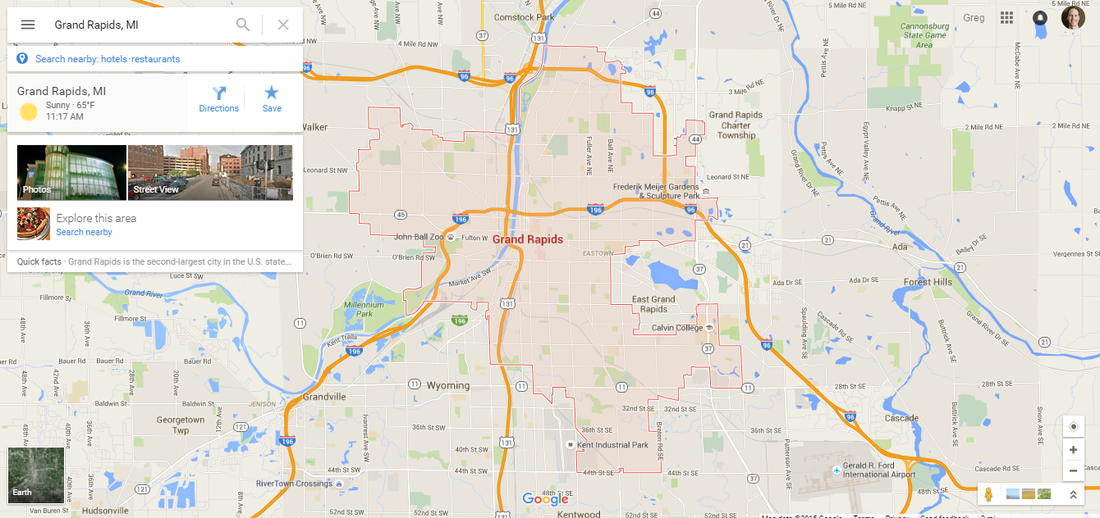
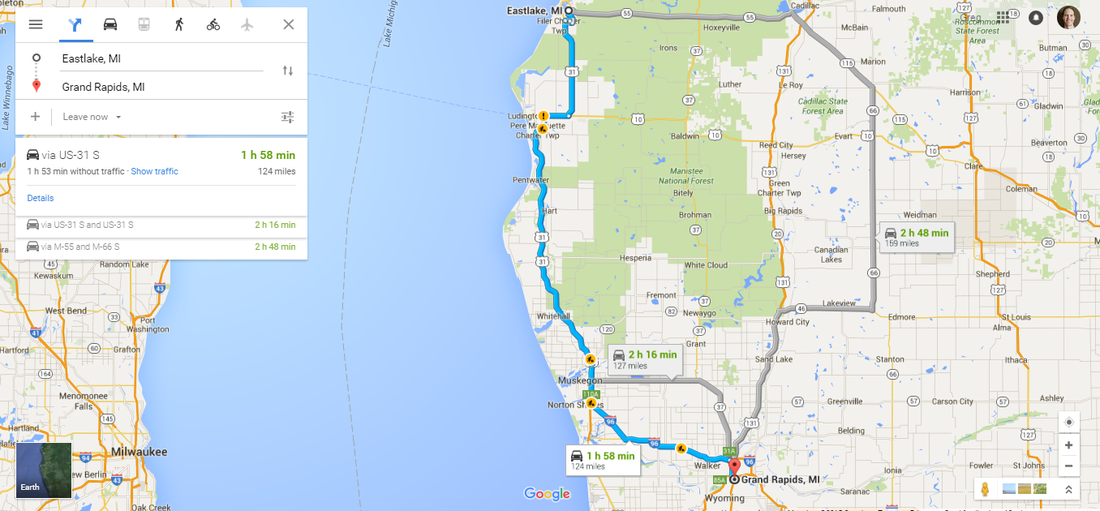
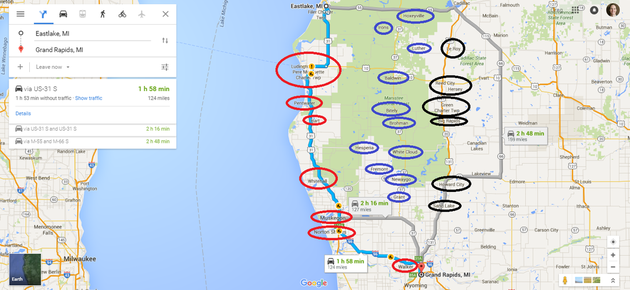
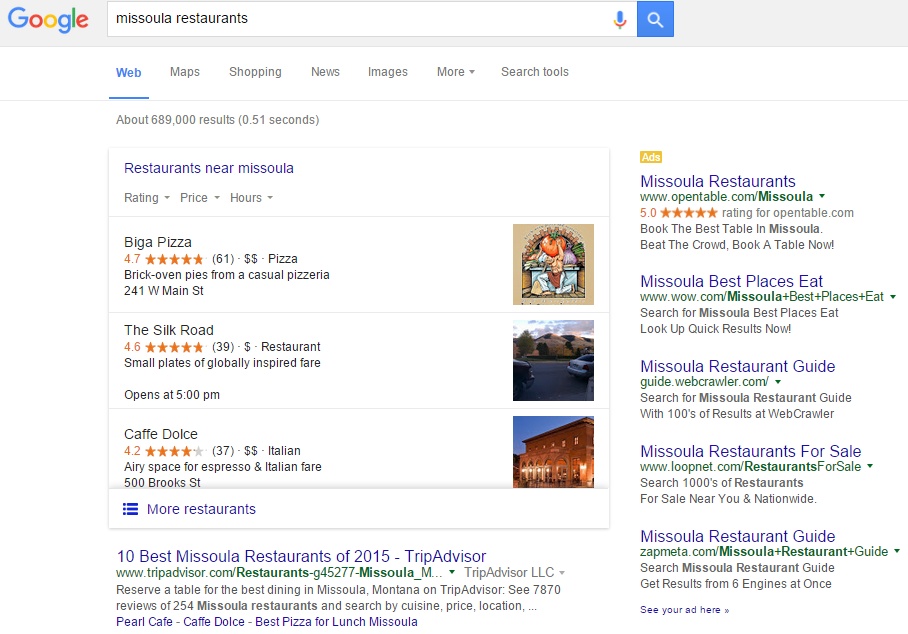






























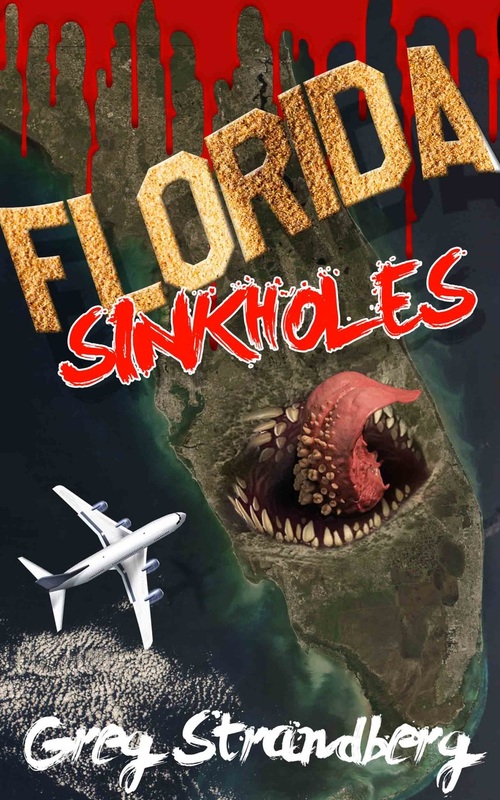

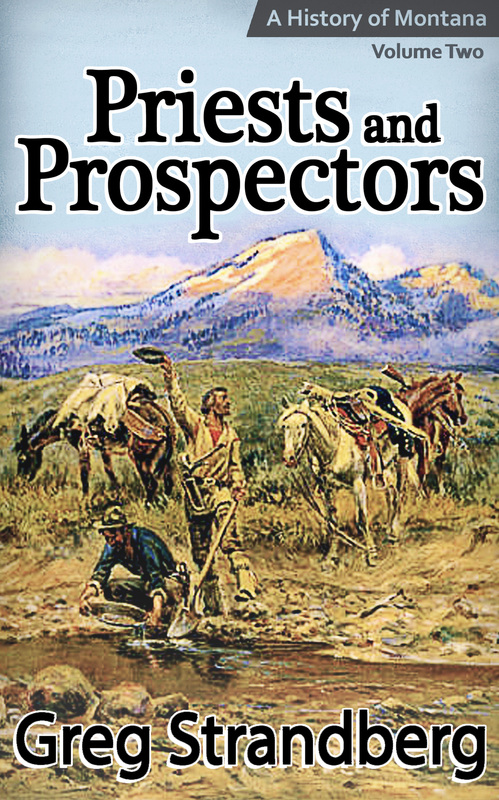






























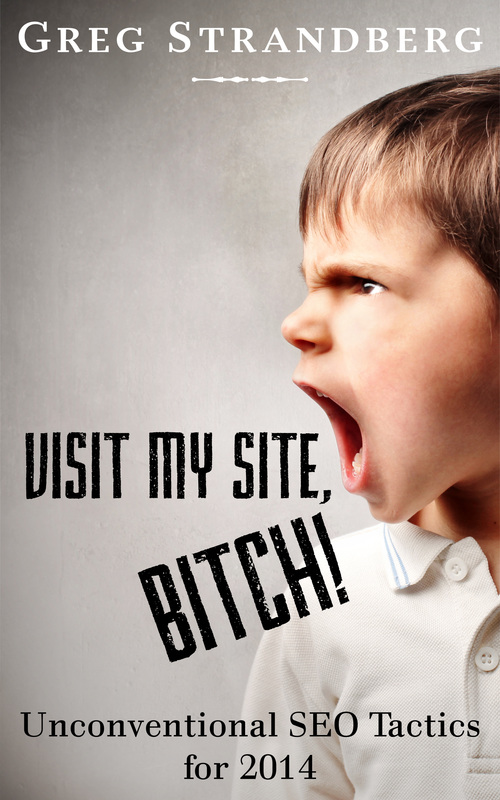


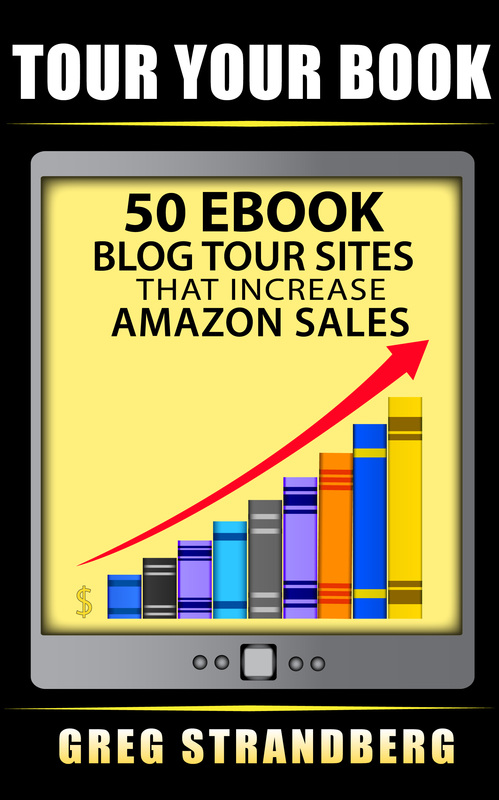






 RSS Feed
RSS Feed